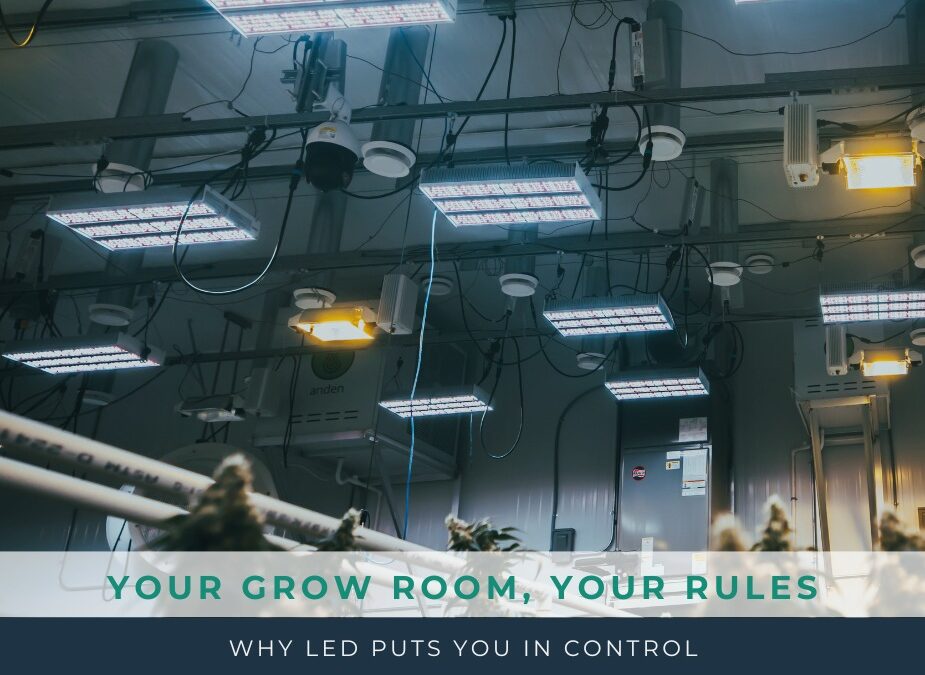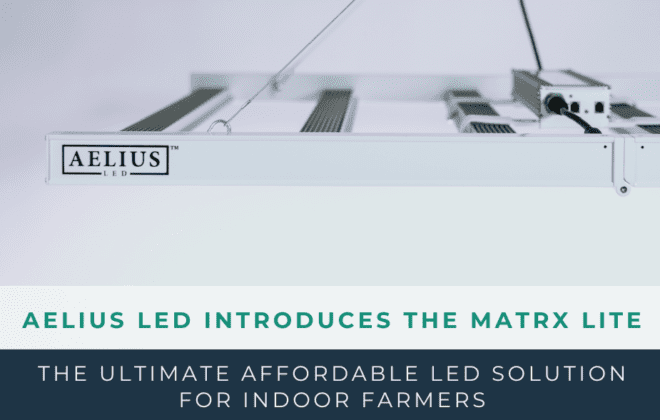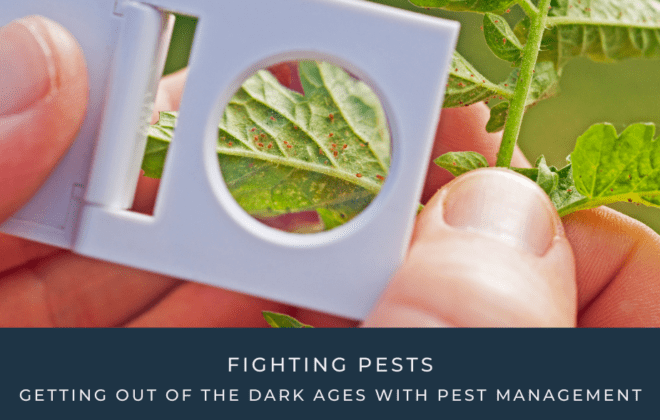
Your Grow Room, Your Rules: Why LED Puts You in Control
For years, growers have debated the merits of High-Pressure Sodium (HPS) versus light-emitting diode (LED) lighting. Instead of debating the pros and cons, let’s shift the focus to what matters: control. Modern growers don’t just want a light—they want a system that puts them in charge of their environment and in turn, in charge of their results.
If you’re reading this blog, you probably already know that HPS can grow most crops.
LIGHT IS LIGHT – RIGHT?
Not exactly.
LED technology is more than just a light source—it’s a precision tool designed for efficiency, sustainability, and ultimate control. Choosing LED isn’t just about upgrading your lights; it’s about optimizing your entire grow environment.
PRECISION THAT ADAPTS TO YOUR PLANTS
LED technology gives growers the ability to fine-tune not just the spectrum, but every aspect of the lighting environment for maximum control and consistency.
With LED lighting, you can:
- Deliver uniform light distribution across the canopy, eliminating hotspots and shadows that can lead to uneven growth. This allows you to maintain consistent light intensity with precise PPFD (Photosynthetic Photon Flux Density) levels, ensuring plants receive optimal energy without overexposure.
- Reduce heat output compared to HPS, allowing for better climate control, lower HVAC costs, and reduced risk of heat stress.
- Integrate with smart controls and automation, enabling real-time adjustments to intensity, photoperiods, and even sunrise/sunset simulations for a more natural growing cycle.
- Fine-tune the spectrum to match plant needs at every stage—boosting blue light for vegetative growth, increasing red for flowering, and even adjusting based on strain-specific requirements.
From intensity and coverage to spectrum and automation, this level of precision transforms your grow into a highly optimized, data-driven system that maximizes both yield and quality.
MAXIMIZING YIELD WHILE REDUCING WASTE
LED technology offers higher energy efficiency, lower operational costs, and a longer lifespan than alternatives—all while minimizing environmental impact.
LEDs convert more energy into usable photosynthetic light rather than wasting it as heat. This means:
- Higher PPE (µmol/J) delivers more photons directly to plants, increasing growth potential without excess energy waste.
- Reduced heat generation minimizes the need for overusing cooling systems, lowering HVAC costs and preventing plant stress.
- More precise light delivery ensures deep canopy penetration, optimizing photosynthesis efficiency at all growth levels.
Higher Photosynthetic Photon Efficacy (PPE) = More Growth Per Watt
SUSTAINABILITY & COMPLIANCE: FUTURE-PROOFING YOUR GROW
Sustainability isn’t just a buzzword—it’s an essential factor for any cultivator looking to future-proof their operation. Energy efficiency is no longer just an option—it’s becoming a regulatory requirement. LEDs position your grow for long-term success by:
- Reducing electricity consumption, cutting carbon emissions and operational expenses.
- Meeting evolving industry regulations, ensuring compliance with sustainability mandates and energy efficiency laws.
- Eliminating toxic waste, as LED fixtures don’t contain mercury or require frequent disposal like HPS bulbs.
TAKE CHARGE OF YOUR GROW ROOM
With LED technology, every watt is optimized for plant growth, every fixture lasts longer, and every operation moves toward a more sustainable, cost-effective future. Investing in LEDs isn’t just about upgrading your lights—it’s about securing higher yields, lower costs, and a grow that’s built to last.
It’s not about which light is “better.” It’s about which light gives you the power to grow smarter.
AND WITH LED, THE ANSWER IS CLEAR—YOUR GROW ROOM, YOUR RULES.
Ready to consider LED? Check out our product line here.




